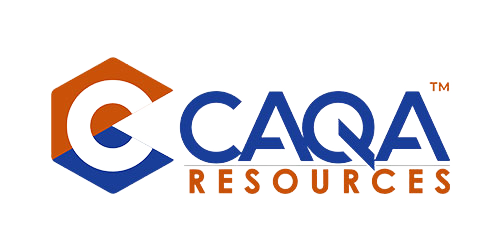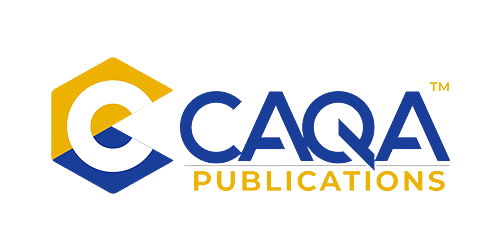
ANMAC Consultancy
Australian Nursing and Midwifery Accreditation Council (ANMAC)
Accreditation of nursing and midwifery education programs is undertaken in the interest of public safety. The Australian Nursing and Midwifery Accreditation Council (ANMAC) is responsible for determining whether programs of study for nurses and midwives seeking to practice in Australia meet the required accreditation standards. It involves comprehensively examining education programs against relevant accreditation standards.
Specifically, ANMAC develops and review accreditation standards for nursing and midwifery programs of study in Australia and determines whether programs of study for nurses and midwives seeking to practice in Australia meet the required education standards
It takes an average of nine months for ANMAC to complete the accreditation assessment from the date the application is received. The timeframe is dependent on the quality of the application and evidence provided.
Professional program accreditation is concerned with the quality of the nursing profession and its work, on behalf of public interest and public safety. In contrast, accreditation (or similar assessment) by national education regulators, such as TEQSA or ASQA, is concerned with quality assurance and risk management.
ANMAC accreditation evaluates whether education providers, on the evidence they provide, can ensure program graduates have the common and transferable skills, knowledge, behaviours and attitudes as articulated in the relevant national competency standards or standards for practice.
ANMAC’s process of accreditation involves comprehensively examining Needs to be higher education provider’s:
- Comprehensively examining a higher education provider
- Governance system and quality management framework
- Student enrollment processes
- Conceptual framework
- Structure and content
- Learning and teaching approaches
- Student support, assessment and workplace experience.
The Enrolled Nurse Accreditation Standards detail the minimum requirements that RTOs must meet if they want their program of study to be accredited by ANMAC. Graduates cannot apply to register with the NMBA unless their program of study is accredited by ANMAC and approved by the NMBA.
Please refer below "Enrolled Nurse Accreditation Standards"...
Source https://anmac.org.au/sites/default/files/ANMAC%20EN%20Accreditation%20Standards%202017.pdf
Why you need us for your ANMAC accreditation
Professional program accreditation is concerned with the quality of the nursing profession and its work, on behalf of public interest and public safety. In contrast, accreditation (or similar assessment) by national education regulators, such as TEQSA or ASQA, is concerned with quality assurance and risk management. Accreditation by these types of regulators complements professional program accreditation. It is therefore a requirement for ANMAC to assess nursing and midwifery programs of study for accreditation.
The ANMAC accreditation is a comprehensive process and we can help you with it.
- Meeting all the regulatory and ASQA requirements
- Your quality assurance procedures
- Our risk management procedures
- Ensure your program graduates have the common and transferable skills, knowledge, behaviours and attitudes as articulated in the relevant national competency standards or standards for practice
- Your governance system and quality management framework
- Your student enrollment processes
- Your conceptual framework
- Your structure and content
- Your learning and teaching approaches
- Your student support, assessment and workplace experience
- Help you apply the minimum requirements for your RTOs in order for your program to be accredited by ANMAC. Graduates cannot apply to register with the Nursing and Midwifery Board of Australia (NMBA )unless their program of study is accredited by ANMAC and approved by the NMBA.
- Graduates cannot apply to register with the Nursing and Midwifery Board of Australia (NMBA)unless their program of study is accredited by ANMAC and approved by the NMBA.




























